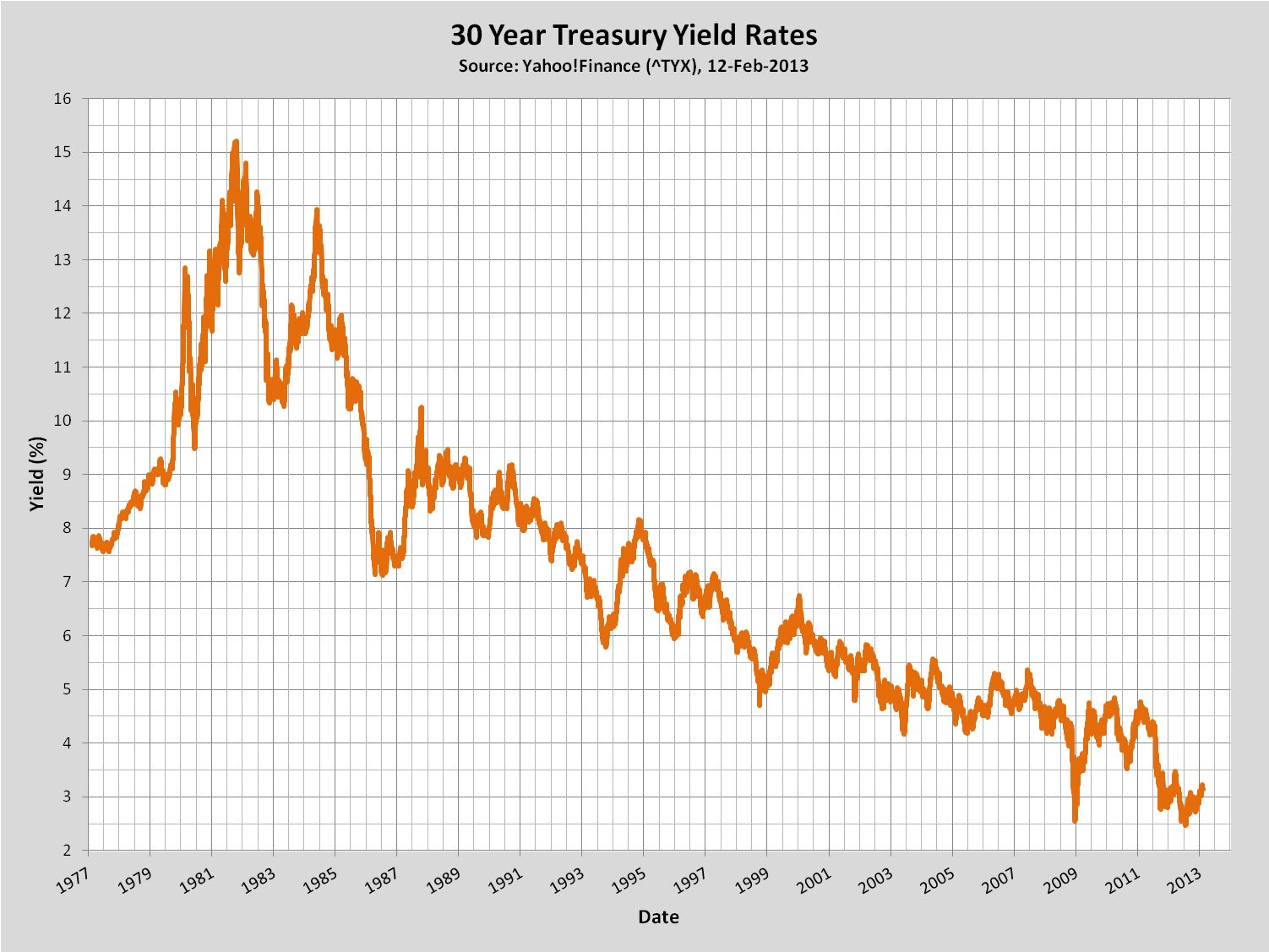


See below for a plots of historical data of inflation rates and long-term yields (click on a figure to see a larger version).



|
Max. Discount Rate Term Yearly Interest Rate Points Closing Costs |
|
|
|
|||
|
|
||||||
|
Yearly Interest Rate Points Closing Costs |


|
|||||